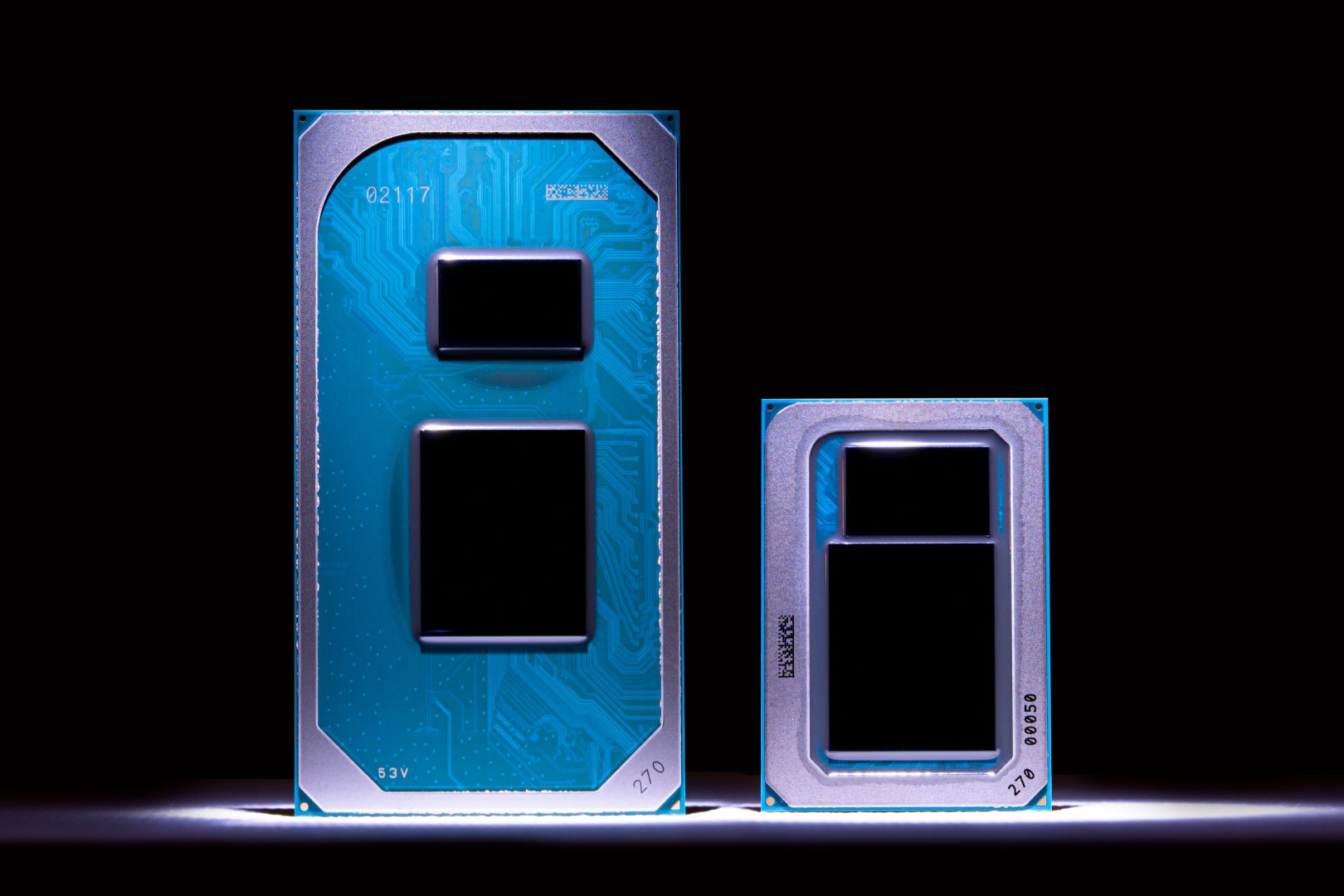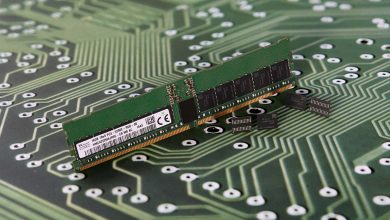
Back on 2nd April, Intel launched their 10th Generation ‘Comet Lake H’ Mobility Processors based on the 14nm Comet Lake-H architecture. But the new processors are really power hungry for a laptop, and draws a staggering 135 watts, 30% more than the desktop processor, Ryzen 9 3950x. The Intel 10980HK has a TDP of 45W, but the actual power draw is around 107w.
14NM+++
This is the 5th iteration of the 14nm architecture used in Intel’s lineup. Due to this, Intel has perfected higher clocks, while improving the power usage, but Intel can only do so much as to reduce the power usage to a certain extent, and after that, there’s diminishing returns. AMD’s Ryzen 3950x is a desktop CPU used in a laptop, and the process used (7nm compared to 14nm) is literally half of that of the Intel counterparts. Hence Ryzen offers more power savings, and draws less power compared to Intel’s offerings. Intel is still a long way from using their 10nm process, or even 7nm. By the time Intel switches to 7nm, AMD will be using TSMC’s 3nm architecture.

HXL’s test
HXL(@9550pro) tested the 16 core Ryzen 3950x on furmark, using their CLEVO laptop which has a similar config as the XMG Apex 15 laptop, and in just AIDA64 Stress FPU, all cores at 3.5-3.7GHz consumed just 60-65w whereas using both AIDA64 Stress FPU and furmark at a lower clock of 3.2 to 3.4GHz, the CPU consumed a peak power of 75-80w. This proves that the 14nm process which Intel uses in the i9 10980HK, is quite outdated, and Intel needs to make the switch as soon as possible.

Intel i9-10980HK specs and TVB boost
The core i9-10980HK houses 8 cores and 16 threads, clocks at a base frequency of 2.4GHz and a maximum boost frequency of 5.3GHz. The TVB(Thermal Viscosity Boost) algorithm determines the boost frequency, and switches to 5.3GHz depending on the power and thermal headroom available to the chip in each notebook design. Unfortunately, Intel didn’t mention the thermal limits or power draw of the TVB.
Improvements on a lower process node
Intel is still using their 14nm chip, and they’re successful in making the most out of that process, but they need to make the switch to a lower process as soon as possible. Their Tiger Lake CPUs use the 10nm process node, and are scheduled for release in 2021. Fortunately, Intel upped the deadline for the next gen CPUs, and they now launch at the end of 2020.

So, are you going to take the new laptops with the Intel core i9-10980HK CPUs? Do let us know in the comments below.
Source: Wccftech




